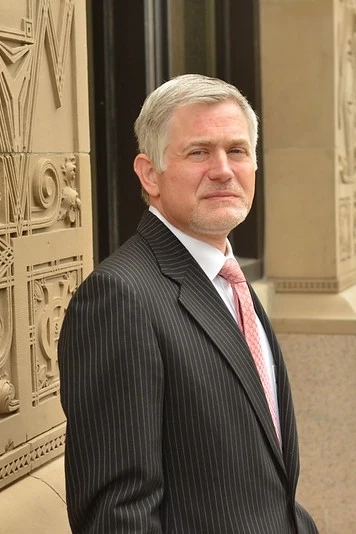Last Wednesday the Drug Enforcement Administration banned fake marijuana products that chemically imitate the effects of marijuana use. The Drug Enforcement Administration used its emergency powers to ban the products, and the ban has made it illegal to possess the products. The ban has also made it illegal to sell the combination of five chemicals used to create imitation marijuana.
The ban by the Drug Enforcement Administration is so far temporary and is in effect for one year. The temporary ban will allow the Drug Enforcement Administration time to determine whether the combination of chemicals will permanently be put on the federal list of controlled substances that are considered unsafe and do not have a medical use. Currently, the combination of chemicals is not approved for human consumption by the Food and Drug Administration.
Fake marijuana is currently sold under the commercial names of Red X Dawn, Spice and K2. The product is composed of herbal blends that are sprayed with synthetic chemicals. Usually, the product is sold as a package of incense at herbal stores and gas stations and is priced around $35 per ounce.
The recent ban came in reaction to a notification by the director of the Missouri Poison Center about a dramatic increase of patients who have fallen ill from the product. According to the poison center alert, patients suffered abnormally high blood pressure, rapid heart rate, hallucinations and paranoia. The Drug Enforcement Administration’s Administrator said although the products market themselves as a harmless alternative to marijuana, it is clear the products are harmful. Formal research will be conducted to determine whether the product will be a criminalized drug.
Source: USA Today, “DEA Bans K2, Other ‘Fake Pot’ Products,” Donna Leinwand, 11/29/10





